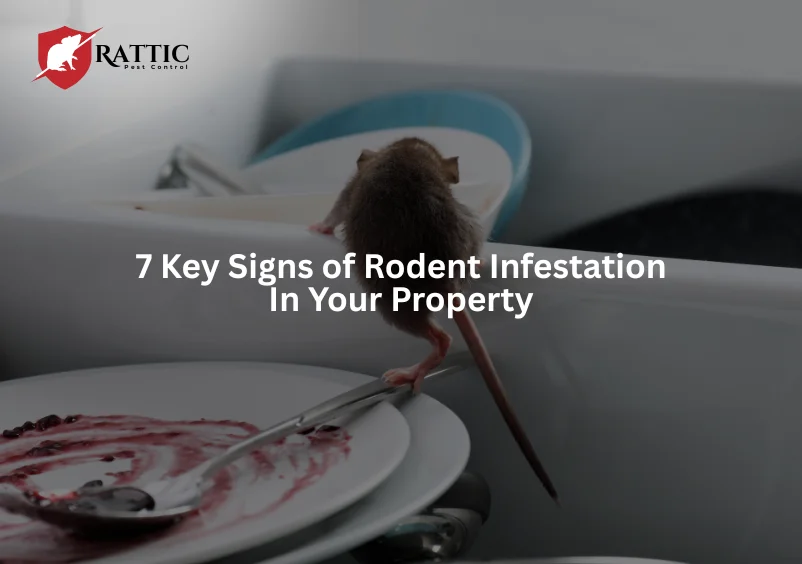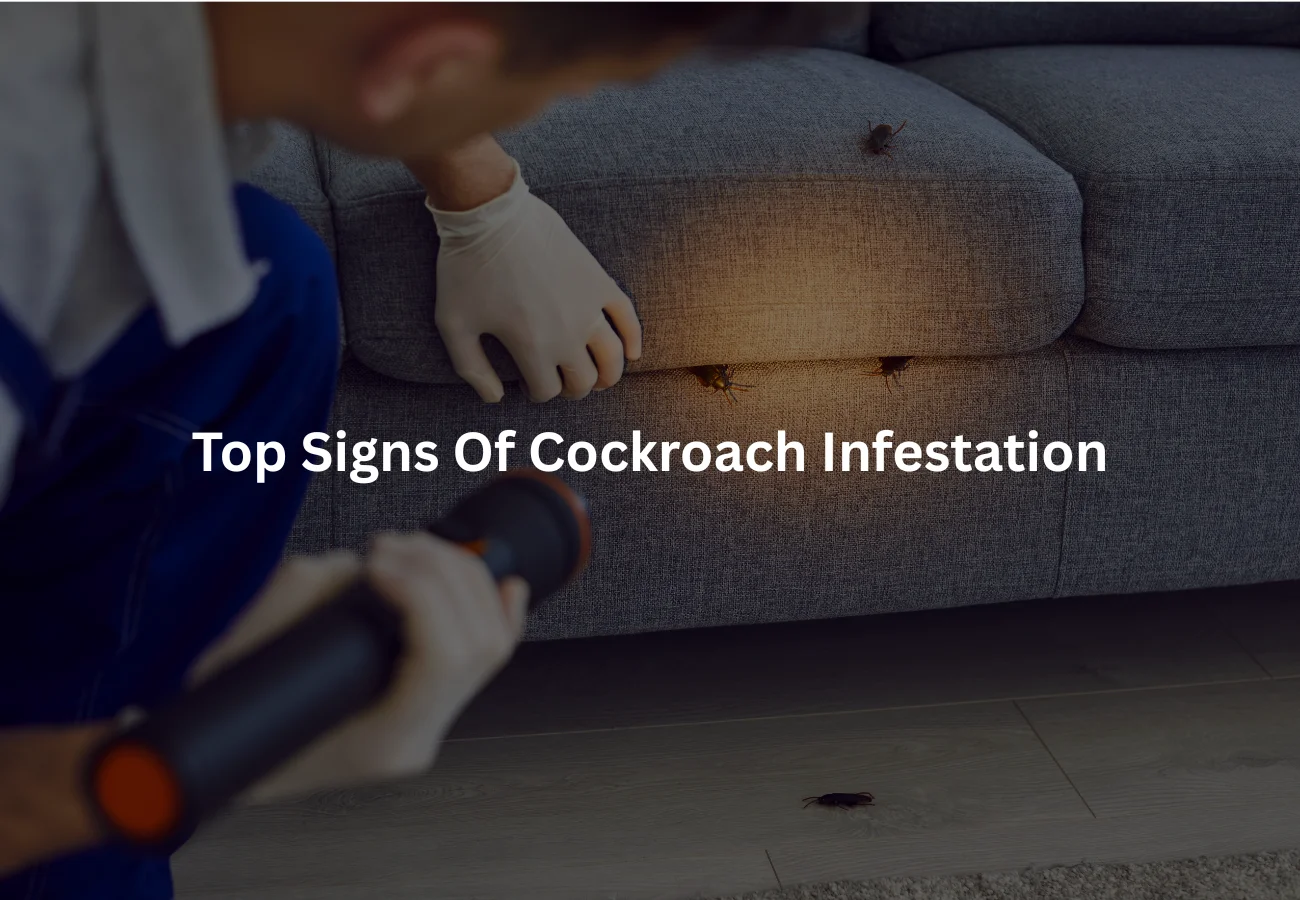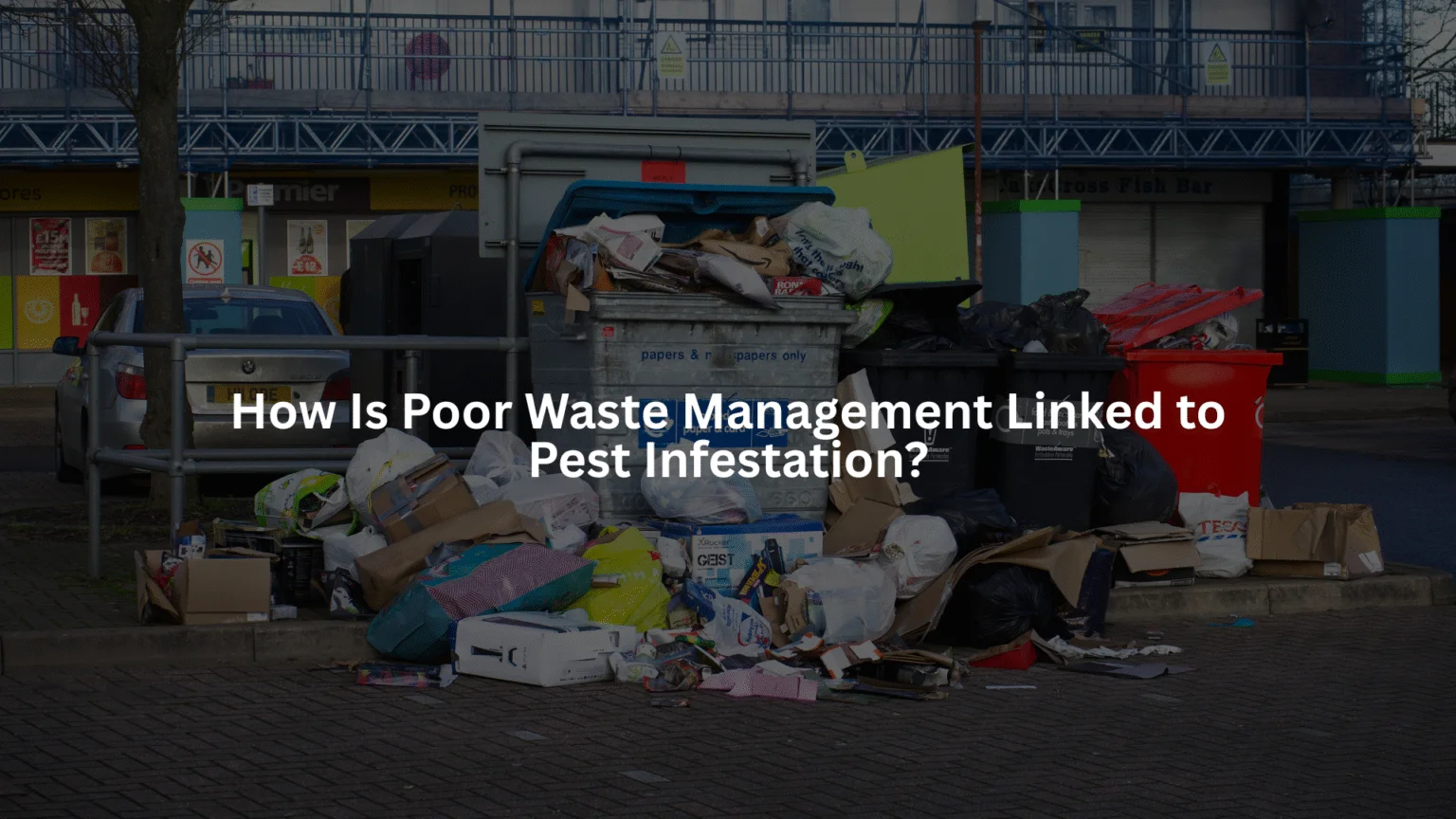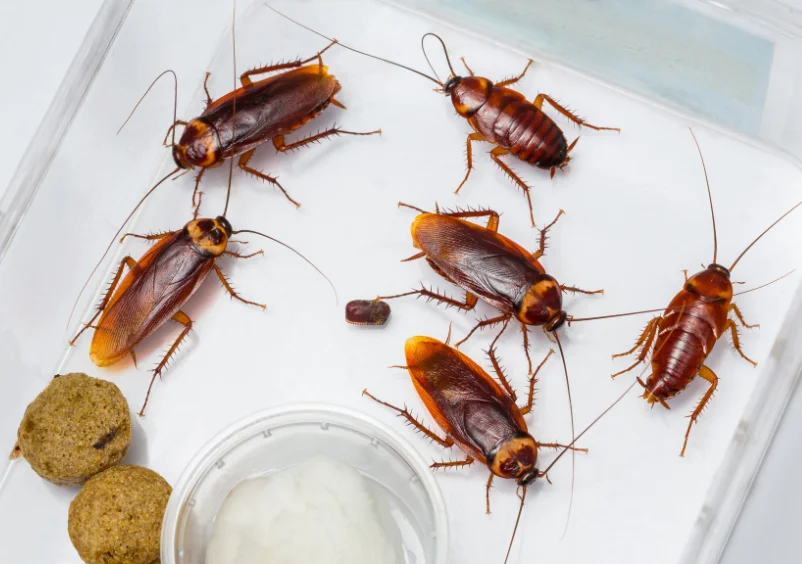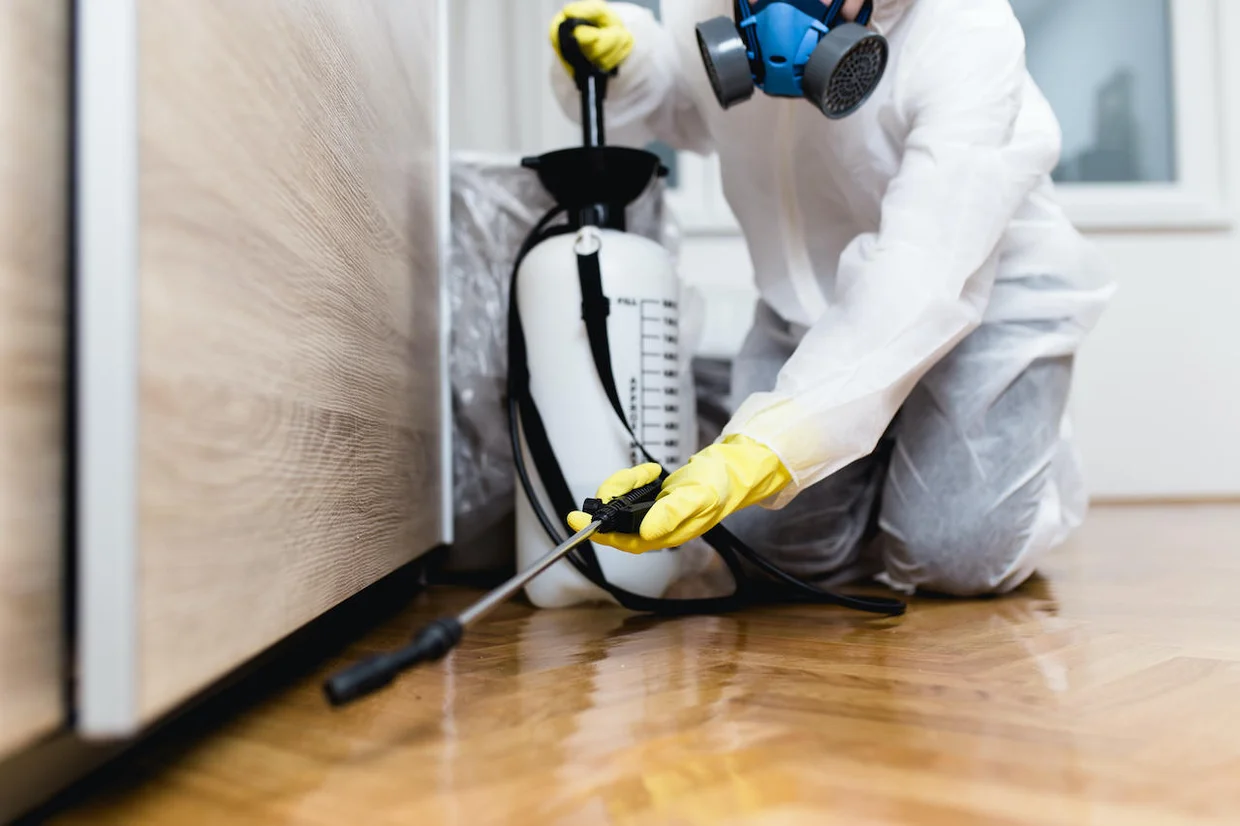7 Key Signs of Rodent Infestation in Your Property
Do you hear sounds of scratching walls or gnawing furniture and cables at night? Do you ever wonder where these little noises are coming from? Well, it can be a signs of rodent infestation, a worst household nightmare. Rodents are not
READ MORE
